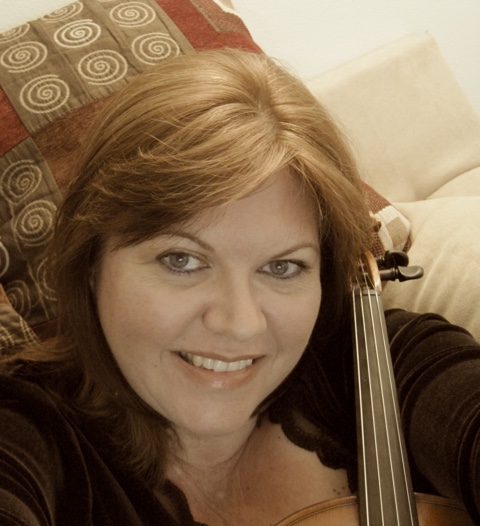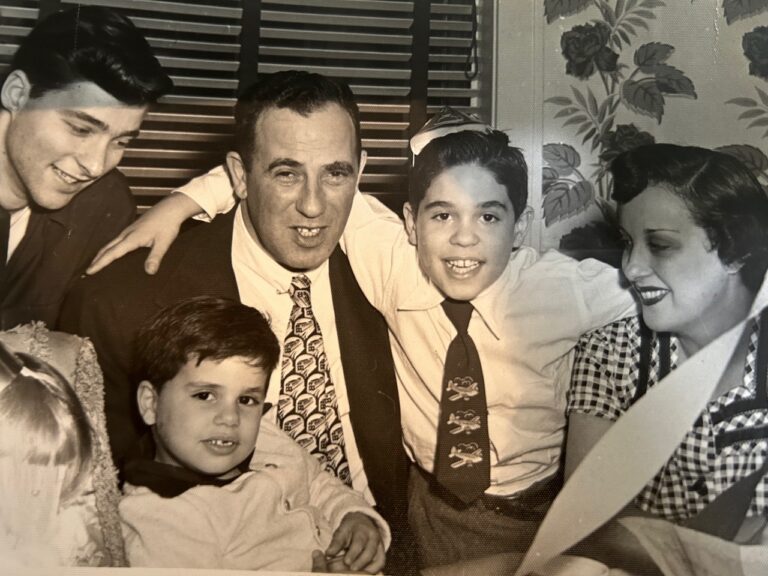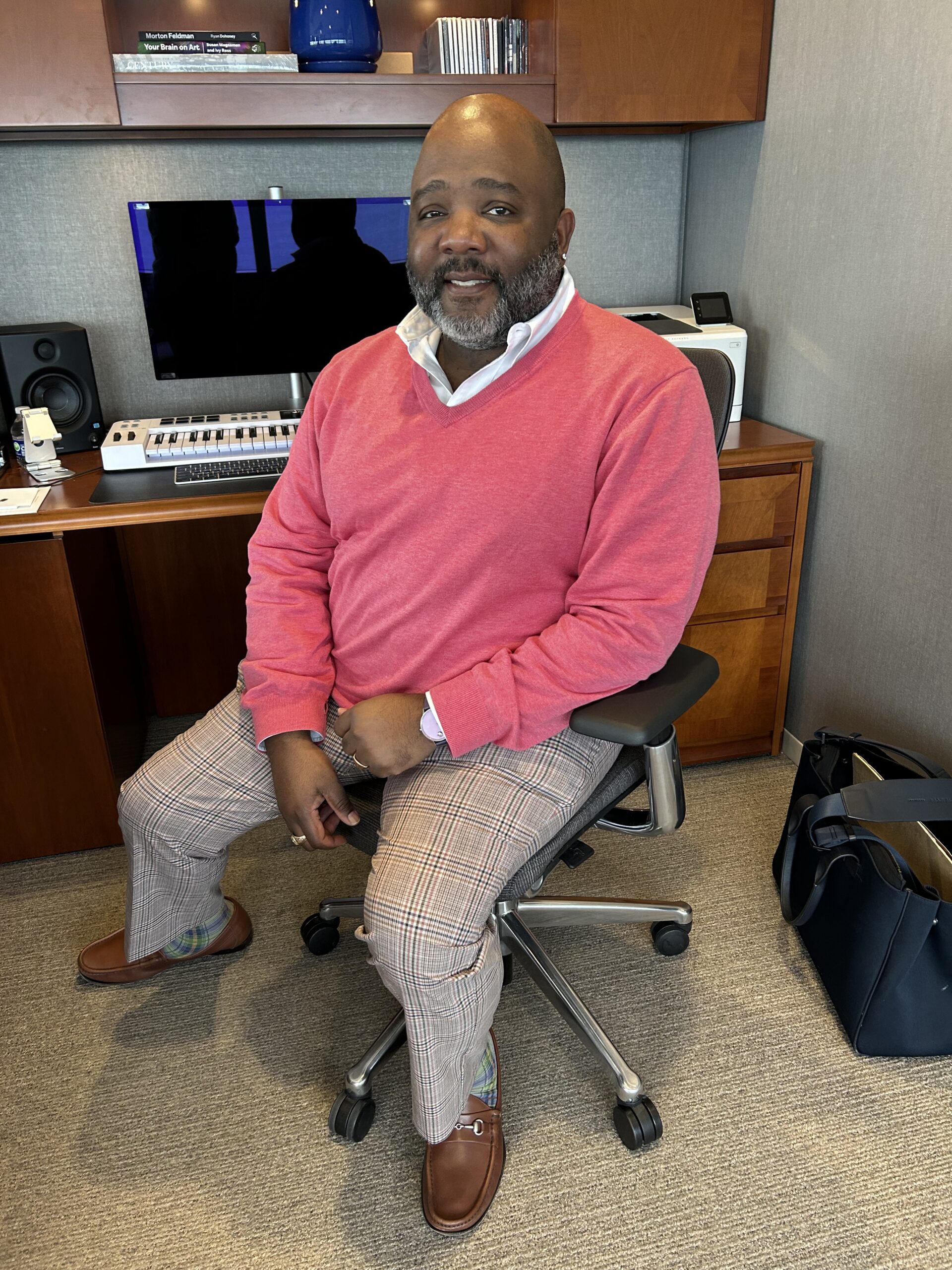Journal of the American Viola Society, Summer 2016
While interviewing violist Claudia Lasareff-Mironoff concerning the art of studying chamber music, I gleaned some tips that will be useful not only to music students and professionals, but can also serve as a guide for those who are amateurs and play chamber music for enjoyment.

As an experienced violist, university music professor, and chamber musician, Ms. Lasareff-Mironoff has led many small ensemble coaching sessions for string quartets, piano trios and all sorts of mixed instrumental and vocal combinations performing music written from the 18th to 21st century.
She shared with me some insights regarding her journey in chamber music.
Compatibility
Of utmost importance is the technical and personal compatibility of the players in a chamber music ensemble. Having the same type of background and level of play will help your group move forward together as an ensemble. It isn’t just about technique, compatibility is also determined by your personality type and how much work and time you are willing to commit to the group’s development. You don’t all have to be the same age either. When I was a high school student one of my most positive experiences was meeting once a week to study Haydn String Quartets with my teacher, a professional violin soloist on first violin, a member of the local symphony on second violin and an amateur cellist. The 78 year old cellist decided after a life of being a butcher he would pursue his dream of getting a degree in cello performance. He had an extensive collection of chamber music that he had purchased over the years and we would meet in his home for marathon readings of Haydn and some Beethoven string quartets. Our group performed a few times that year and were featured on the local radio station as an end of year highlight. The ages in the group ranged from 16-78. (The cellist did finish his degree at the age of 80+, and I attended his “senior” recital!)
In the Beginning
For a string quartet that has just been put together it is wonderful to start each rehearsal by reading a different J.S. Bach Chorale. (It may be challenging for the violist to read the tenor line in bass clef, but the player will soon get the hang of it.) Doing this regularly helps develop a good core sound, intonation center and builds basic balance and listening skills in your string quartet. You might want to start by reading a chorale without vibrato to agree on clean intonation, getting used to building the intonation center from the lowest voice in the chords, and then working on developing a range of matching vibrato speeds and intensities and varied volumes to build a unified sound.
Choosing repertoire can be done a few ways. Try not to get over eager and jump into works that are beyond your current level of study. Read a few different pieces to see how everyone does. Listen to recordings for inspiration. If you can almost sight read a piece and struggle with just a few passages, that may be a good work to take on as your major work. If you can read through a piece easily, this would be an excellent choice to work on regularly in a more in-depth way. Choose one of each type and see how things go working on both. Even my top student ensembles work on either a Mozart or Haydn chamber work in addition to studying Late Beethoven, Romantic works and beyond. There is much to be gained by regularly studying the chamber works of Haydn and Mozart.
Be Prepared
After your initial meet and greet reading session and once repertoire is determined, practice your part thoroughly and diligently. Get help with difficult passages from a teacher or colleague and come to your very next chamber meeting fully in control of your individual part. The more effort you put into this at the start, the more comfortable your rehearsals will be.
Knowing the Score
Once you have selected repertoire that is within the current abilities of the group, find full scores to your pieces, including a critical edition to compare and contrast with other editions. Find a score that matches your edition of the parts with consistent measure numbers and rehearsal letters, but don’t stop there. Have other versions of the score to resolve questions and discrepancies. Sometimes there will be bowings, phrase markings, articulations and/or dynamic markings and possibly misprinted notes in parts that might not match the score. It is best however to bring questions to someone who has expertise with works by that specific composer or in that era.
There are a lot of traditional stylistic performance practices that aren’t printed in a score. Recordings and live performances can help expose you to these traditions. Watch videos of your piece to see where in the bow your ideal ensemble plays a passage that you are studying. Find another video of a different group that does it in another part of the bow. Which version works for your group? Are their tempi the same? Try both and see what is most convincing and still stylistically sound. Make sure every member of the group has a copy of the score and take turns playing difficult passages directly from the score, while others play from their parts. Alternatively, try to all play from the score in rehearsal to understand how your individual part lines up with the others in a specific place. Study your individual part while listening to a recording from beginning to end, then go back and study your individual part while following it in the full score and listening to the recording. Then go that extra mile and study each of the other parts from the beginning to the end of the movement while following the full score. This will give you a tremendously comprehensive knowledge of the piece.
Study scores and parts can sometimes be found in your local library. They are often available free for downloading from the IMSLP Music Library, at imslp.org. There are other sites that charge a fee, such as CDSheetMusic.com and Everynote.com. Music . Performers Music (performersmusicchicago.com) has an extensive collection.
Metrono-macy: Diplomacy with a Metronome
When you put three or more people together in a room and ask them to agree on everything that occurs in a 20-minute piece, it can be challenging. It can feel like ratifying a peace treaty: full of tricky negotiations and lots of give and take. Each player has certain natural tendencies. Some people have to work hard not to rush through a phrase, some expand their phrases out of time. Everyone experiences a form of these tendencies at some point. If things are not lining up, take time to play the passage slowly in groups of two or three with a metronome to see where the tendencies lie that day. The Tempo app (iPhone) is particularly good! Some groups plug a metronome into a speaker system so that the whole group can hear it when cleaning up the ensemble in a passage. Decide on the ultimate metronome markings you want to play the piece and work out your own passages with a metronome between your rehearsals. You can also take turns conducting the other group members to help line things up.
Peace Keeping Mission
It is really wonderful to be in a chamber ensemble with people whose playing you like and who are good friends and colleagues. It is even better to still be friends after being in a chamber ensemble together. Treats and socializing can be helpful. Work a break into your rehearsal and take turns providing mental fuel for the second half of your rehearsal. Bring delicious, nutritious treats to share at the break. Play regularly together. The more playing time, the better a group can connect, learn how to communicate well and make progress.
Be open to new ideas and to trying things different ways. Yes, one bow stroke might be most comfortable for you, but it might not be comfortable for a colleague. Keep in mind if you practice between rehearsals you just might find the new idea comfortable. Some things take getting used to, so don’t be afraid of exploring new ways to articulate things or new ways to pace the movement and arrive at certain sections. Negotiate the choices you make in the group with your colleagues and communicate respectfully. That seems obvious, but sometimes we are so passionate about our positions that it can cause tension in a group. If consensus proves hard to achieve and you don’t have a coach to bounce ideas off of, choose one member to be in charge artistically of each movement as a sort of tie-breaker who has the final say on how a passage should be bowed or phrased. See how the group sounds when you take turns artistically “driving” the ensemble.
Be respectful of the members of your group and offer constructive ways to solve the musical challenges you face. Instead of resisting an idea, be honest if something doesn’t come easily for you, and one of your partners in music may offer you useful technical advice. The best chamber groups, no matter the level, share their strengths with one another for a richer end result.
Peace Keeper
It also helps to hire a coach to work with your chamber ensemble. Listening to a group from a few feet away provides an entirely different perspective from being inside of a group. A coach observes how everyone is producing sounds and hears how the balances are truly coming across. A coach can help correct intonation, detect problems and help to solve them. Check the roster of a local university or orchestra for names. Splitting the charge for a coaching among group members can be a good investment and provide further inspiration.
Bowings
If the intent is to bring a work to a higher level beyond a reading session and prepare it for performance, well-marked, consistent and often unified bowings can help you achieve this. The main point is making things that should sound the same within the group, sound the same. Embrace discomfort as you try each other’s ideas for bowing solutions. Work together and give and take ideas.
Know when to lead, when to follow. If your line is not the most important, find out whose is and become a supporting actor, not a leading actor until your line gains prominence.
Work things out slowly – even at half speed – especially when focusing on intonation, ensemble and balance issues.
Listening Exercise: Turn your chairs away from each other while playing a difficult passage so you cannot see your colleagues. This will encourage players to listen to each other, in order to stay together.
Record your rehearsals and watch them together as a group.
Perform. Nothing promotes progress like committing to a performance. Even if your ensemble is “strictly amateur” you can invite friends and family over to hear a movement or two. Deadlines are the best way to motivate practicing at all levels.
Enjoy the process.
Chamber music is one of the most challenging and rewarding art forms. It teaches us how to work well, communicate and solve problems with one another while experiencing and sharing the talents and creations of the masterminds of great music. We are able to participate in their genius and bring their music and spirits to life.
Readers can find sheet music for Bach’s chorales Nos. 1-24 arranged for string quartet on the AVS website at: http://www.americanviolasociety.org/Resources/Scores.php
Violist Claudia Lasareff-Mironoff is the Adjunct Professor of Viola at the University of Wisconsin-Milwaukee and Guest Lecturer at DePaul University. She has been the principal violist of the Cape Town Symphony, the Colorado Music Festival, and Chicago Opera Theater, and has performed chamber music with members of the Chicago Symphony, the Lyric Opera of Chicago, Eighth Blackbird, and the Fulcrum Point New Music Ensemble. For more information visit www.claudialm.com.
Les Jacobson is a writer and violist in Evanston, Illinois. You can see his work at www.lesterjacobson.com.





+ There are no comments
Add yours